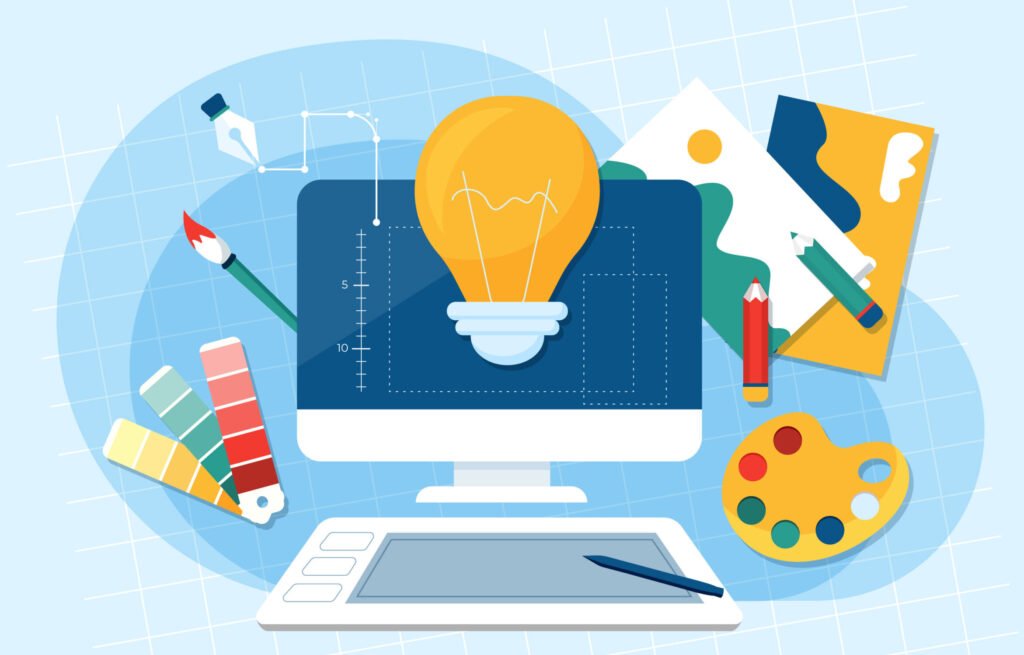What motivates people to a career in graphic design?

Graphic designers are employed for a number of reasons. Here are a few frequent causes:
Expression of creativity and artistic skills: Graphic design provides an environment for people to present their talents. Because they like producing aesthetically pleasant and visually appealing designs, many people are drawn to the field. They can experiment with various designs, hues, typography, and layouts to visually communicate ideas through graphic design.
Solving problems and communicating effectively are two skills that graphic designers frequently need to use. They relish the challenge of coming up with creative answers to successfully convey concepts or messages to a particular audience. They make complex information more comprehensible, appealing to the eye, and accessible by using their design skills.
Visual communication passion: Some people have an a susceptibility for visual communication. They comprehend the impact that images may have on affecting emotions, perceptions, and behaviors, and they have a profound respect for the power of images. A means of intentionally using visual components to communicate ideas and create profound relationships with the audience is offered by graphic design.
Versatility and adaptability: The field of graphic design is adaptable and can be used in a number of different disciplines and sectors. It enables people to work on a variety of tasks, including packaging, user interface design, website design, and branding and marketing materials. People who appreciate working on many project kinds, continuously gaining new skills, and adjusting to new difficulties may find this versatility appealing.
Career opportunities and demand: In today’s visually-focused the community, graphic design is a highly sought-after ability. Graphic designers are needed by a wide range of businesses and organizations to provide striking visuals for their goods, services, and marketing materials. A wide range of job options are available at design studios, advertising agencies, publishing houses, software businesses, and more due to an increasing demand for qualified graphic designers.
Flexibility and prospects for freelancing: Graphic design allows for a variety of work arrangements. Some designers choose the independence of freelancing, which enables them to select their jobs, work from any location, and set their own hours. For some people, freelancing is a desirable alternative since it can help them maintain a balance between work and personal life.
Personal satisfaction: For many graphic designers, the satisfaction comes from observing their creations come to life and have a good influence. Graphic designers take pride in using their talents to make a difference and leave their creative imprint on the world, whether it be by designing a book cover, a startup’s logo, or a social cause through visual advocacy.
Of course, each person will have a different motive for becoming a graphic designer, and individuals may have a combination of them.







